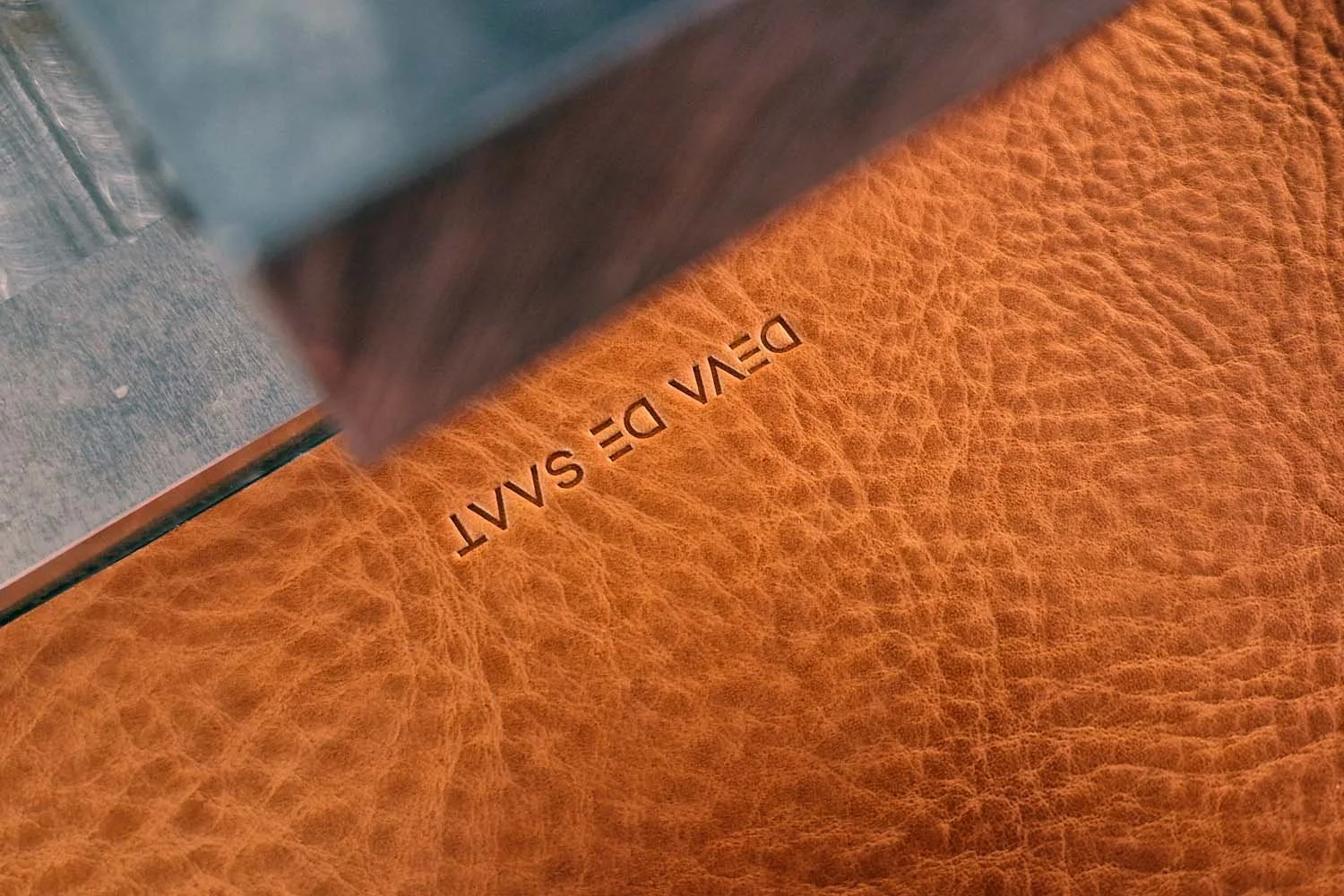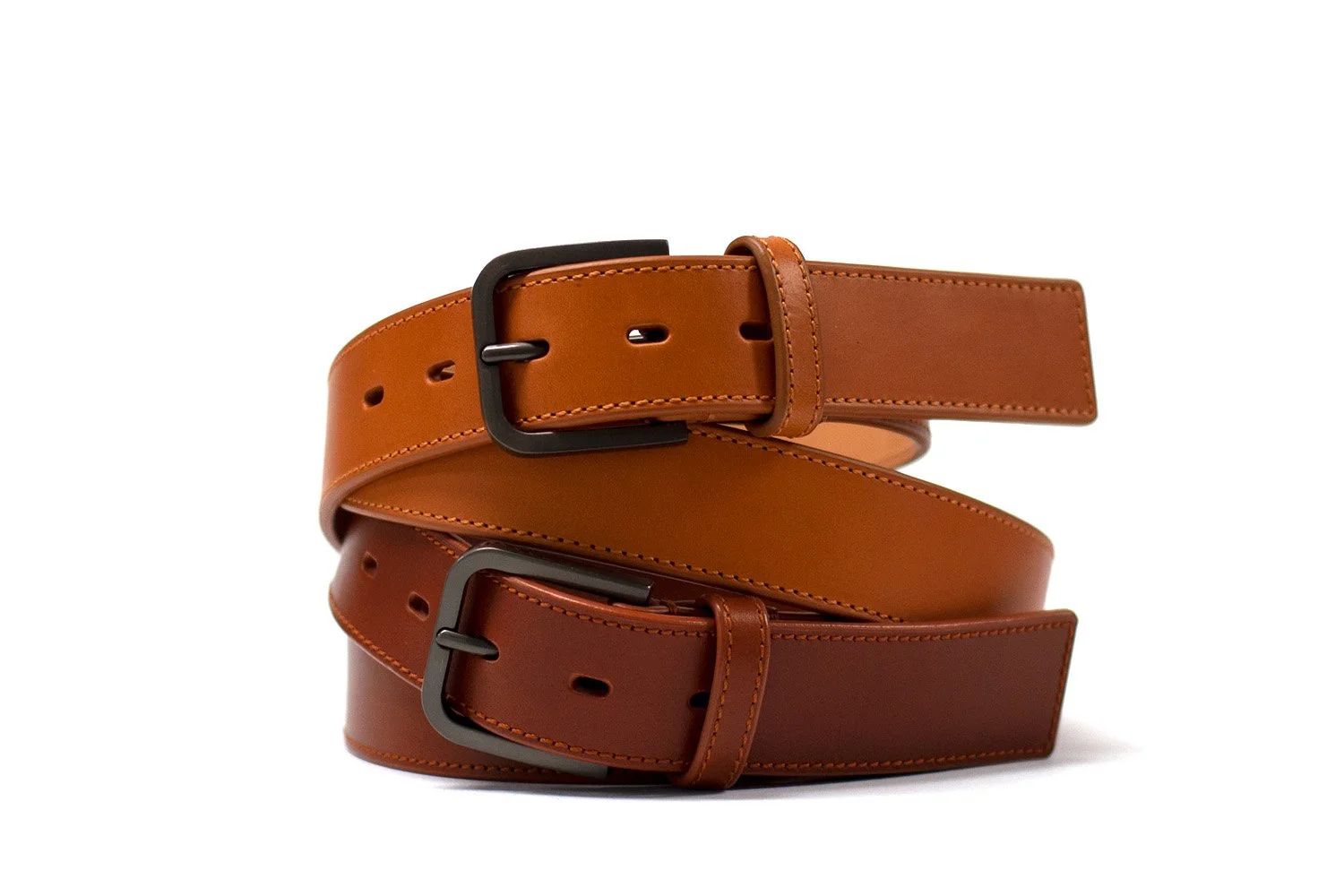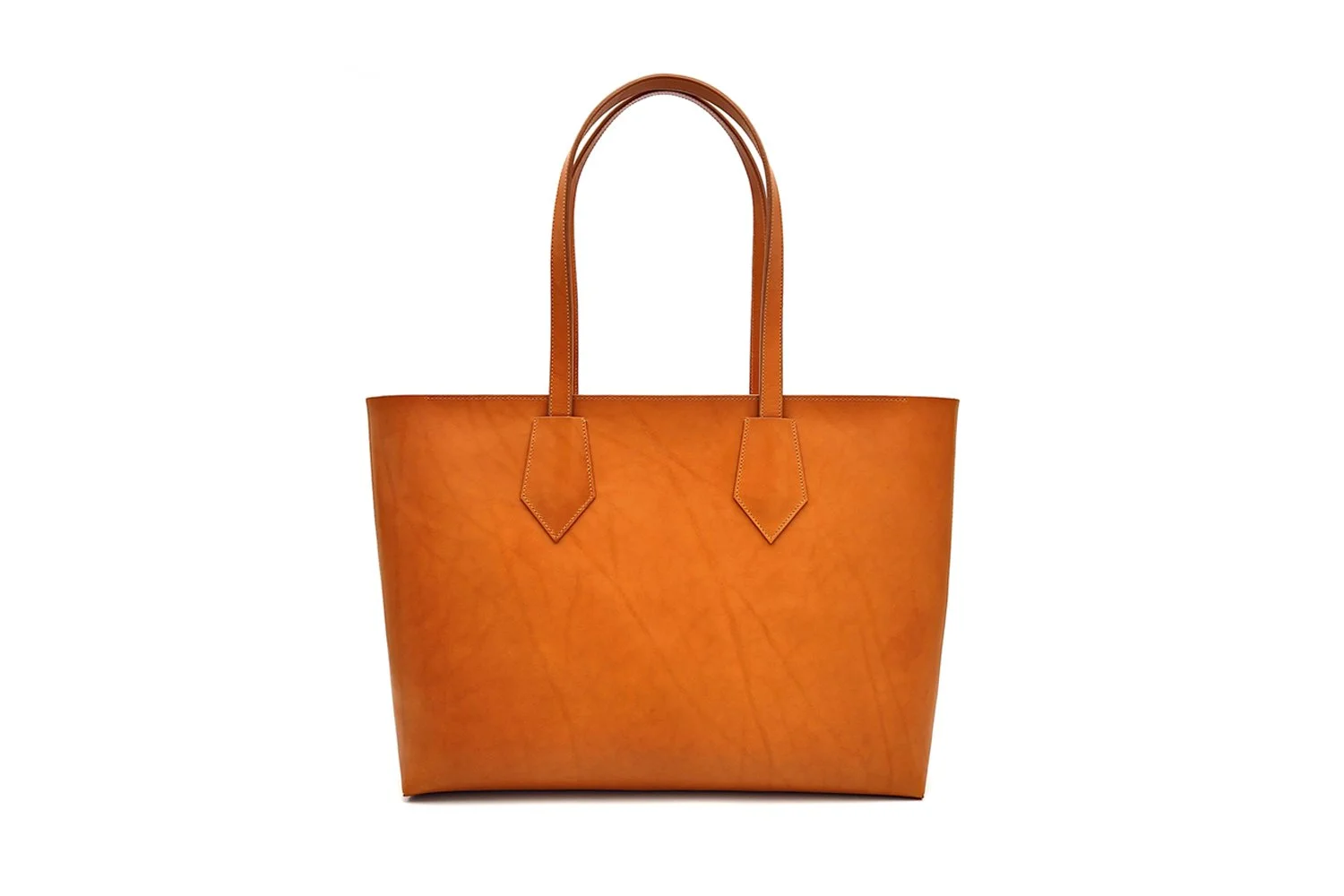Leather Like No Other
A timeless leather bag, the result of thoughtful design and quality craftsmanship, may with proper care last its owner for a long time. Careful selection of materials for its making is a crucial step that defines not only the quality of the final product but also the ethical side of the entire production process. It is the reason why I rely exclusively on tanneries using the ancient tanning method requiring artisanal expertise and skills - vegetable tanning.
Natural Vegetable Tanned Leather
The charm of the tanning process lies in the transformation of nearly worthless waste material into a unique product with unmatched characteristics and a high added value. It processes and recycles animal hides and skins which are in most cases the by-product of the meat and dairy industries. If tanneries didn't exist, the unprocessed skins would be an enormous global waste disposal problem that goes hand in hand with health risks and a threat to the environment.
The beginning of tanning animal hides dates back to the Stone Age and ranks among the oldest professions of the humankind. Like many important discoveries, tanning was probably stumbled upon by accident. Our early ancestors didn't know that the parts of some trees and plants contain tannins which can transform a raw animal hide into leather. Therefore, it's easy to believe that an animal hide or skin lying in a prehistoric puddle containing leaves, tree bark, or pieces of wood became leather by pure chance. This ancient method that owes its name to the vegetable origin of the tanning agents was gradually improved as secret recipes were passed down from father to son for long generations. Today, however, there are also other ways of tanning animal skins. The final product, as well as the tanning method itself, have their pros and cons. Apart from traditional vegetable-tanning, also industrial chrome-tanning belongs to the most well-known tanning methods. What is the difference between them and why should it interest us?
Tumbled Vegetable Tanned Leather
Vegetable tanning is the traditional ancient method of leather tanning, a slow organic process of turning raw hides into leather with the use of natural tannins. Tannins are obtained from tree bark, leaves, and roots of some plants such as oak, chestnut, or mimosa. Thanks to these natural agents, vegetable-tanned leather is the only leather with a distinctive leather aroma. This traditional technique isn't only kinder to the environment, it is a slow process of preservation of savoir-faire of our ancestors, encoded with respect towards crafts, people, and mother nature. That's why vegetable-tanned leather in its natural version is the most beautiful of all. Unlike chrome-tanned leather, vegetable-tanned leather doesn’t contain toxic substances harmful to humans and is also suitable for those suffering from metal allergies. The time and professional complexity of this production process are reflected in the high purchase price of the final product, which nowadays represents less than 10% of world production. Vegetable-tanned leather is an extraordinary material that deserves our admiration and honorable place not only in our wardrobe.
Modern and the most common method is chrome-tanning. This industrial leather tanning technique, where chromium sulfate acts as the main tanning agent, has been in use since the mid-19th century and represents more than 90% of all leather produced today. It's a mass-production process, a considerably cheaper and faster alternative thanks to high automatization that doesn't require expert workers and lasts only one day, however, chrome-tanned leather has inferior quality, color stability, chemical odor and contains harmful substances. The whole chrome-tanning process is highly toxic for the environment as well as for the workers themselves, whereas the wastewater problem doesn't concern only third-world countries. The longevity and the purchase price of chrome-tanned leather are much lower - two essential advantages not only the fast fashion industry benefits from. Another advantage of chrome-tanned leather is its perfectly unified face which is identical for each leather and whose color remains the same without the ability to create a unique patina over time. Even though I see that as a disadvantage, it can be a great advantage for someone, or even one of the important leather characteristics.
And what is this unique patina I talk about? Natural leather changes over time, it becomes more supple and gradually matures as it comes in contact with our skin, the sun, or the rain. Each product made from vegetable-tanned leather 'lives' and tells its own personal story. I think this feature is much more interesting because a bag made from natural leather only looks better with use whereas the look of a bag made from chemical leather slowly but surely deteriorates over time. So, which leather bag will you choose?




